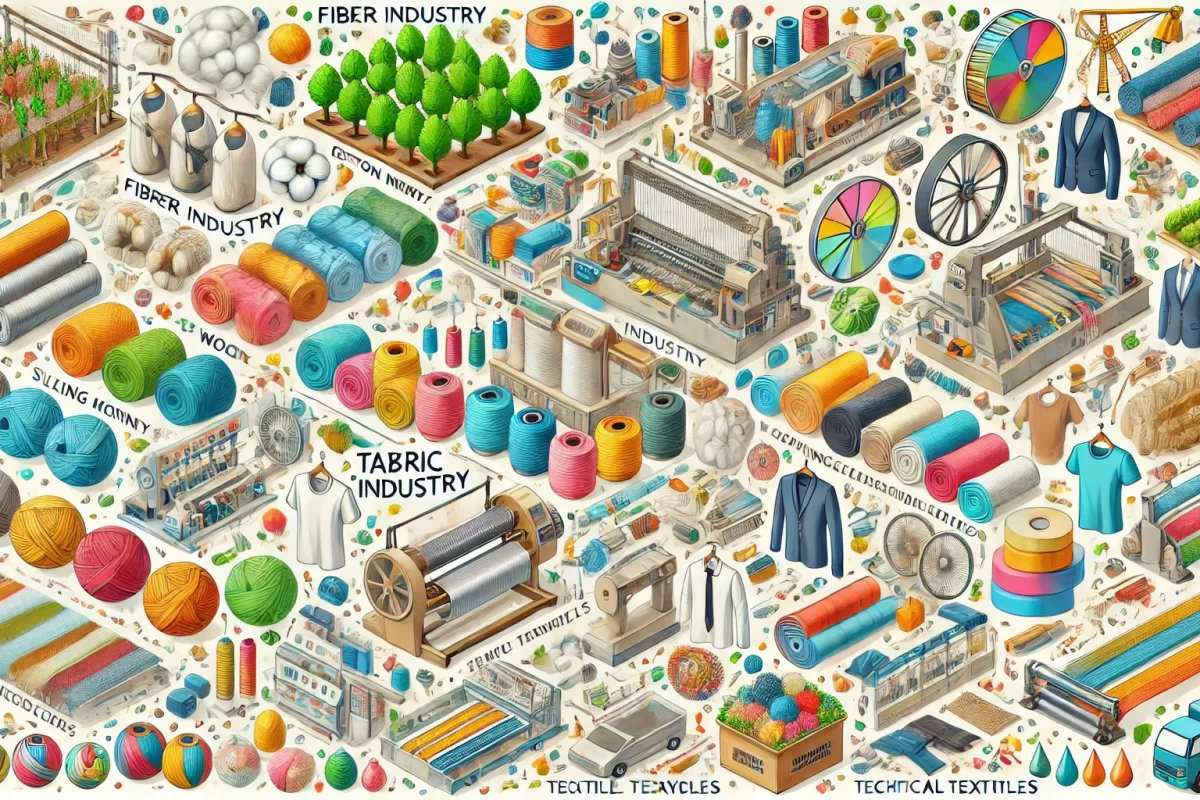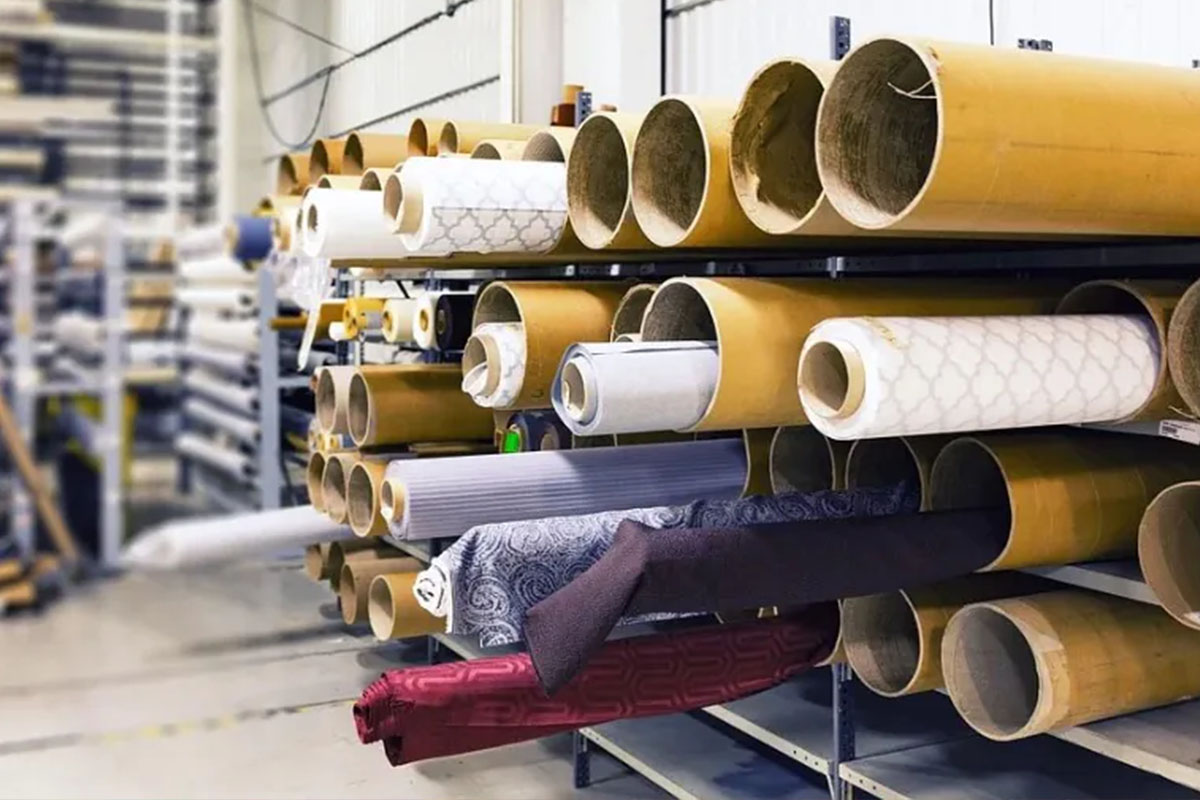Types of Textile Industry: A Comprehensive Guide
The textile industry is one of the largest and most dynamic sectors in the world, providing fabrics and clothing essential for daily life. It encompasses various categories based on materials, manufacturing processes, and end products. Understanding the different types of textile industries is crucial for anyone involved in fashion, production, or trade.
1. Fiber Industry
The foundation of the textile industry begins with fibers, which can be classified into three main categories:
-
Natural Fibers: Derived from plants and animals, including cotton, wool, silk, linen, and hemp.
-
Synthetic Fibers: Man-made fibers like polyester, nylon, acrylic, and spandex, known for durability and affordability.
-
Regenerated Fibers: Semi-synthetic fibers such as rayon, modal, and lyocell, made from natural materials but processed chemically.
2. Yarn Industry
Fibers are spun into yarns, which form the base for fabric production. The yarn industry includes:
-
Spinning Mills: Convert raw fibers into yarn using modern machinery.
-
Blended Yarn Production: Combines natural and synthetic fibers for enhanced properties, like polyester-cotton blends.
3. Fabric Manufacturing Industry
Once yarns are produced, they are transformed into fabrics using different techniques:
-
Weaving Industry: Produces woven fabrics such as denim, canvas, and twill.
-
Knitting Industry: Creates knitted fabrics used for t-shirts, hosiery, and activewear.
-
Non-Woven Fabric Industry: Produces fabrics like felt, used in disposable medical textiles and industrial applications.
4. Dyeing & Printing Industry
To enhance fabric aesthetics, textiles undergo dyeing and printing processes:
-
Dyeing Mills: Apply colors to fabrics or yarns using various dyeing techniques.
-
Printing Units: Create patterns and designs on textiles through digital, screen, or block printing methods.
5. Garment & Apparel Industry
The final stage involves designing and manufacturing finished garments:
-
Ready-Made Garment (RMG) Industry: Produces mass-manufactured clothing such as shirts, jeans, and jackets.
-
Bespoke Tailoring: Offers custom-designed garments for individuals and high-end fashion brands.
6. Technical Textiles Industry
Beyond fashion, textiles serve functional purposes in various fields:
-
Medical Textiles: Includes surgical masks, bandages, and PPE kits.
-
Automotive Textiles: Used in car seat covers, airbags, and seatbelts.
-
Industrial Textiles: Includes conveyor belts, insulation materials, and filtration fabrics.
-
Home Textiles: Produces curtains, bedsheets, upholstery, and carpets.
-
Sports Textiles: Used in activewear, swimwear, and protective sports gear.
7. Textile Recycling Industry
Sustainability is an emerging focus in the textile industry, leading to:
-
Reclaimed Fibers: Recycling old textiles into new materials to reduce waste.
-
Upcycling Fashion: Creating new garments from discarded fabrics or clothing.
Conclusion
The textile industry is vast and diverse, contributing significantly to global economies and lifestyles. From fiber production to garment manufacturing, each segment plays a crucial role in shaping the fashion and industrial sectors. With the rise of sustainable practices, the industry is evolving to become more environmentally conscious, paving the way for innovative and eco-friendly textile solutions.




